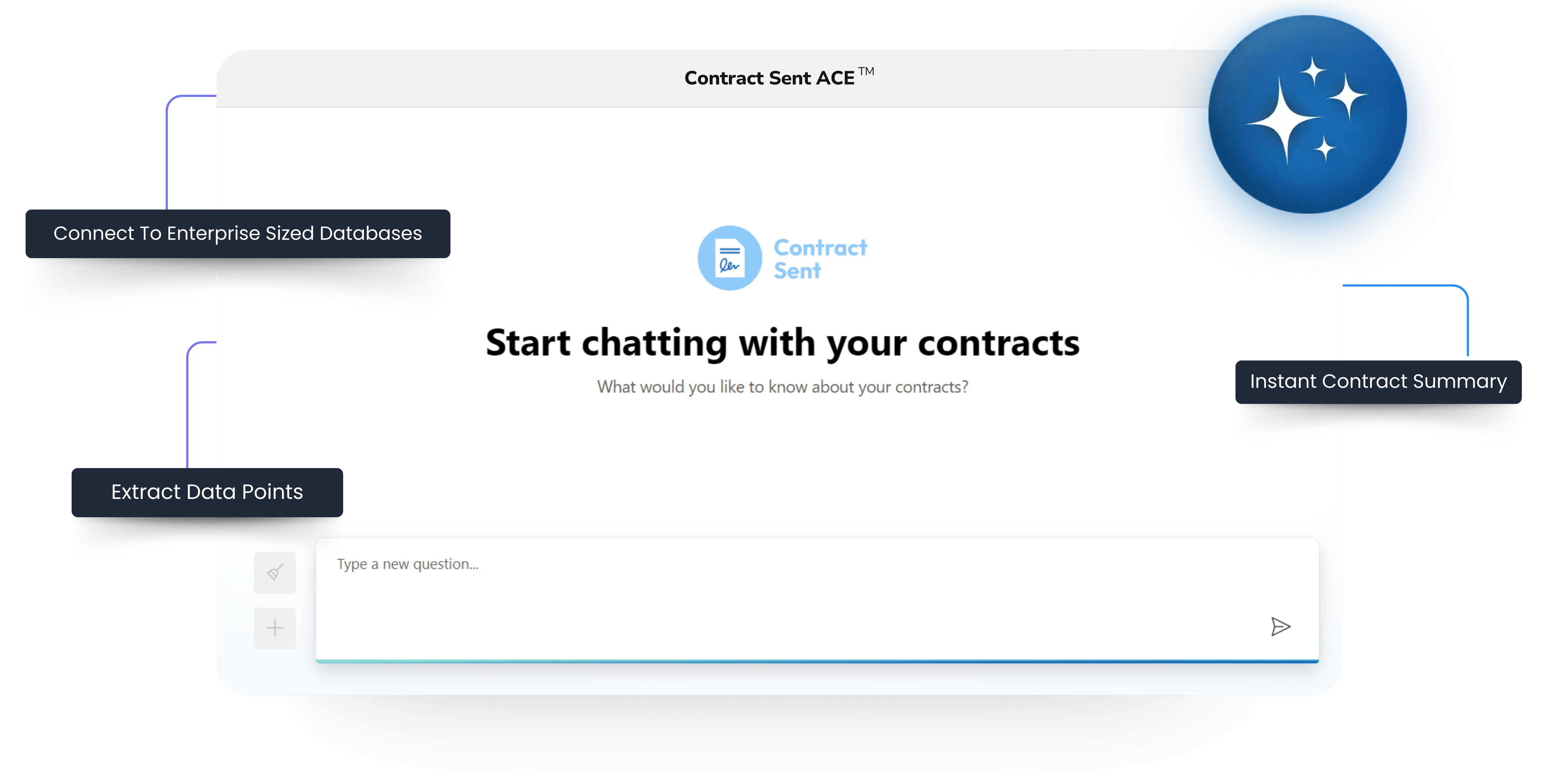Contract negotiation strategies are an important process for any business, as it helps to ensure that both parties involved in a contract are able to reach mutually agreeable terms. For startup companies this is often a very important skill to develop early on in your business. Generally if you’re selling into enterprise companies you are going in the negotiation table with a hell of a lot less power than the other party. They may have large budgets and multiple options for a solution to their problem while you might only have a few customers under your belt and a few months runway so every sale seems like a must win. When every sale feels like a must win to the company it’s very easy to just lay all of the cards on the table and agree to the demands of a customer just to get money in the door.
Like a lot of other things in startup land negotiating contracts requires the person taking on this role to understand how to bluff a little and get what is needed from the negotiation for the company. The act of negotiating contracts requires a set of skills and strategies, as well as a deep understanding of the terms and conditions of the contract and of your product. Let’s have a look at some traditional contract negotiation strategies that can be used to achieve favorable outcomes for both parties involved and how they can be used in startup companies to get the best result for you and your customer.
Win-Win Negotiation Strategy
The win-win contract negotiation strategy involves finding mutually beneficial solutions that satisfy both parties. This strategy is based on the assumption that both parties have common goals and interests, and that a positive outcome can be achieved by focusing on these shared interests. The goal of this strategy is to create value for both parties and to establish a long-term relationship based on mutual trust and respect. A win-win strategy for startup companies is often related to building a relationship with a champion in a company who is really engaged with your product, understands your vision and is willing to take a change. These are usually the customers that are early on in your product development and are willing to create deals with you that are slightly out of the ordinary (such as paying for professional services or feature development) in order to move forward their agenda but at the same time get you to have more income coming in the door.
Competitive Contract Negotiation Strategy
The competitive negotiation strategy involves taking a more aggressive approach to negotiation. This strategy is based on the assumption that the parties involved have opposing goals and interests, and that the best outcome can be achieved by maximizing one’s own gains at the expense of the other party. This strategy is most effective when one party has a significant advantage over the other, such as in a monopoly or oligopoly market. This is a strategy that rarely works with a startup company, unless you have some sort of proprietary tech that you can leverage it’s not really recommended.
Cooperative Contract Negotiation Strategies
The cooperative negotiation strategy involves working collaboratively with the other party to achieve a mutually beneficial outcome. This strategy is based on the assumption that both parties have shared interests and that working together will lead to a positive outcome. The goal of this strategy is to establish a long-term relationship based on mutual trust and respect, rather than focusing solely on short-term gains. The cooperative negotiation strategy is a great one to follow when you have a product that becomes truely embedded in the way that customers do work on a day to day basis. It allows you to leverage the relationship that your sales team has build with them and work together for the best outcome for both of you.
Accommodation Negotiation Strategy
The accommodation negotiation strategy involves making concessions to the other party in order to reach a mutually acceptable outcome. This strategy is based on the assumption that the other party has more bargaining power or a stronger position, and that making concessions is necessary to achieve a positive outcome. The goal of this strategy is to avoid a negative outcome or to salvage a customer relationship that may be at risk. For startup companies the accommodation strategy is a common one when selling to enterprise companies. They want everything and sometimes you fold to get money in the door. When this is the case it’s important to have a strategy for addressing these accommodations when renewals come around. Usually what you find is that a customer, after a year of using and loving your product will be much more likely to revisit old contract clauses and change things for the better as they are now more embedded in your product and you have a bit more power in the negotiation of the contract.
Compromise Contract Negotiation Strategies
The compromise negotiation strategy involves finding a middle ground between the positions of both parties. This strategy is based on the assumption that neither party will achieve their desired outcome, but that a mutually acceptable compromise can be reached. The goal of this strategy is to find a solution that is acceptable to both parties and to maintain a positive relationship. Although this is often a hard strategy for startup companies selling to enterprise (because enterprise companies rarely compromise on anything) there are some places that you can find compromise. One of the key areas for this is in carve outs for liability. A lot of enterprise customers will demand high liability caps as standard. It’s often good to dig into this and understand why. Often they use this as a blanket cover for a few specific things that they really can’t compromise on liability for. If you can identify a sub section and address these in carve outs where you give high liability for a small subsection of things and less liability on other things you can reach a good compromise.
Avoidance Negotiation Strategy
The avoidance negotiation strategy involves avoiding the negotiation process altogether. This strategy is based on the assumption that the costs and risks of negotiation outweigh the potential benefits, and that it is better to avoid the process altogether. The goal of this strategy is to minimize risk and to focus on other areas of the business. At the end of the day this is very difficult when you are selling to enterprise customers, or usually impossible. They have their contract details that they need included. The only real way to adhere to this strategy is to go down market and sell to small to medium companies with annual contract values of $15,000 or less.
There are several contract negotiation strategies that can be used to achieve positive outcomes for both parties involved. These strategies include win-win, competitive, cooperative, accommodation, compromise, and avoidance. The key to successful contract negotiation is to understand the goals and interests of both parties, to establish a positive relationship based on mutual trust and respect, and to find a mutually beneficial solution that satisfies both parties. By using these different strategies and tactics, businesses can negotiate contracts that are fair, reasonable, and beneficial to both parties involved.
Using log rolling in your contract negotiations
Log rolling is a concept that is frequently used in contract negotiation to help parties reach an agreement. It involves the exchange of concessions between two or more parties in order to come to a mutually beneficial agreement.
Log rolling is a contract negotiation technique where parties trade concessions or give-and-take in order to come to a mutually beneficial agreement. It is typically used in situations where there are multiple issues to be negotiated – software as a service contracts being a great example of this, where one party is willing to give up something on one issue in exchange for something else on another issue. The term “log rolling” comes from the practice of loggers rolling logs down a hill, where they would help each other by pushing logs in exchange for help with their own logs.
The process of log rolling typically involves identifying the issues that are most important to each party and then negotiating concessions on those issues in order to reach a compromise. For example, one party may be willing to give up longer payment terms on a product in exchange for a different contract legal jurisdiction, while the other party may be willing to accept contract assignment terms in exchange for removal of a termination of convenience clause.
The benefits of log rolling in contract negotiation are numerous. First, it allows parties to reach a mutually beneficial agreement that addresses the needs and concerns of both parties. This can help to build trust and improve relationships between the parties, which can be important in the long term. Second, log rolling can help to avoid the potential for deadlock or impasse in negotiations, as parties can find creative solutions to problems that they may not have otherwise considered. Finally, log rolling can help to save time and resources, as parties can focus on the most important issues and negotiate in a more efficient manner.
However, there are also some potential drawbacks to log rolling in contract negotiation. First, parties may feel pressured to make concessions on issues that are important to them in order to reach a compromise, which can lead to feelings of resentment or dissatisfaction. Second, log rolling can sometimes result in agreements that are not optimal for either party, as each party may be more focused on getting something in exchange for a concession rather than achieving the best possible outcome. Finally, log rolling can be complex and difficult to navigate, particularly in situations where there are many issues to be negotiated.
In order to use log rolling effectively in contract negotiation strategies, it is important to approach negotiations with a collaborative and creative mindset. Parties should be willing to explore different options and be open to making concessions in order to achieve a mutually beneficial agreement. It is also important to prioritize the most important issues and be clear about what concessions are being made in exchange for what concessions.
Log rolling is a valuable technique in contract negotiation that can help parties to reach a mutually beneficial agreement. By exchanging concessions on different issues, parties can find creative solutions to problems and avoid deadlock or impasse. However, log rolling can also have potential drawbacks, including pressure to make concessions, suboptimal agreements, and complexity. To use log rolling effectively, parties should approach negotiations collaboratively, prioritize the most important issues, and be open to exploring different options.












